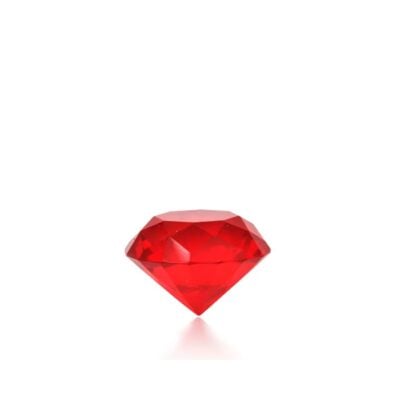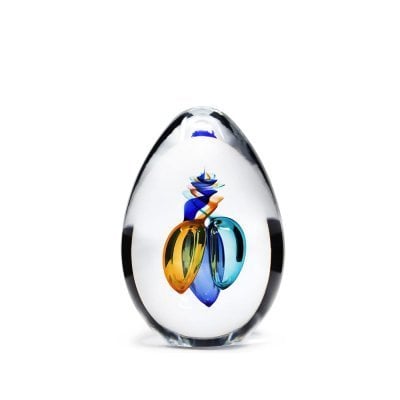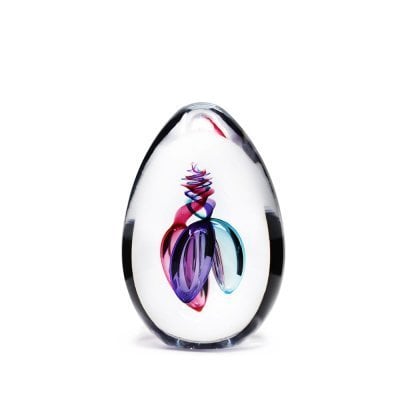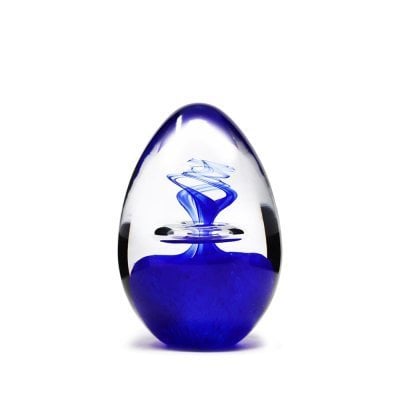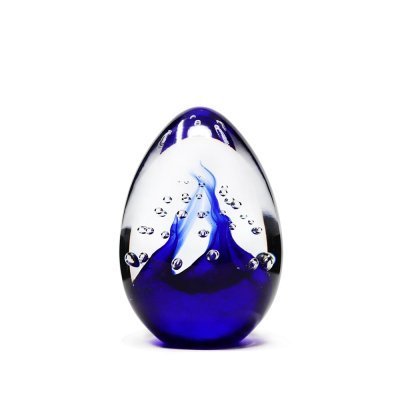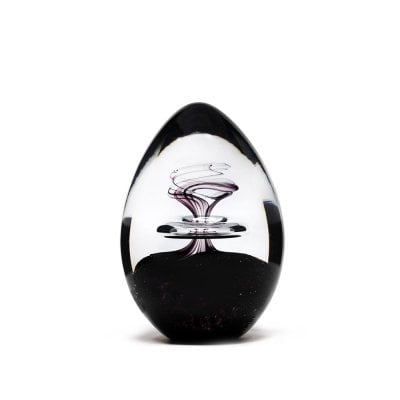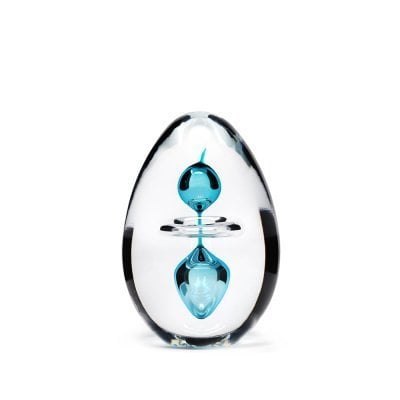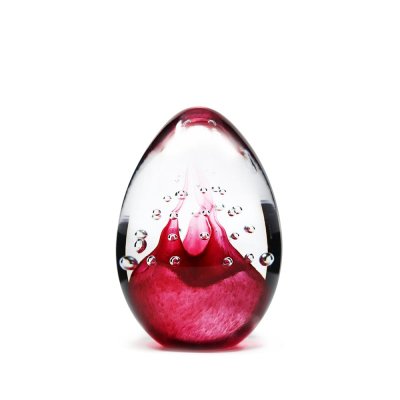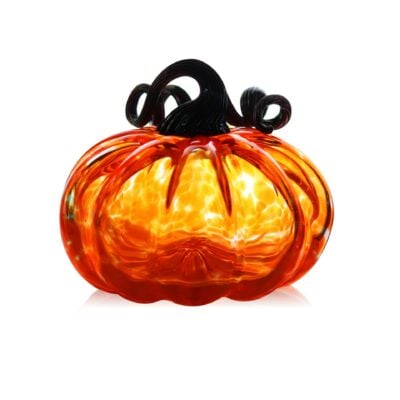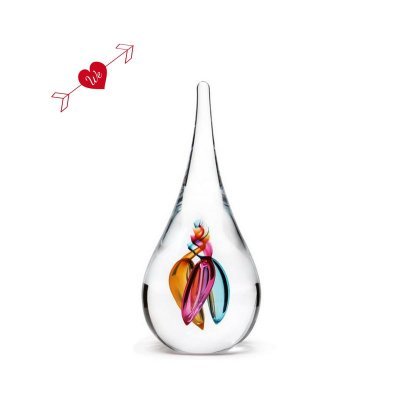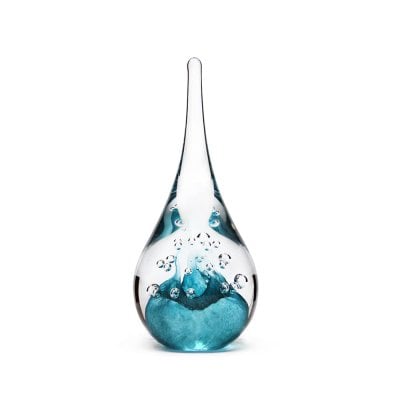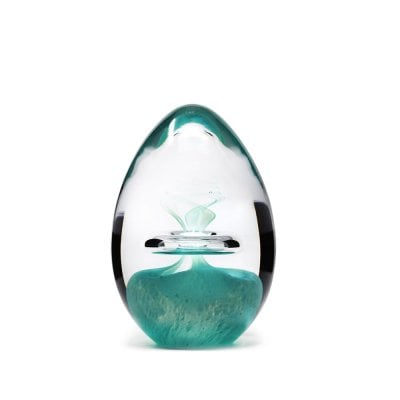CRYSTAL PAPERWEIGHTS
The classic crystal object. An office accessory but also collectible, paperweight appeared around 1845 and was a great success. The glass art that presided over the making of crystal balls had its classic period from 1845 to 1860, illustrated by the creations of Baccarat, Clichy, and Saint-Louis. It then entered a long sleep that left rare collectors searching for its wonders.
Showing 1–12 of 189 results
-
3xx3cm
-
10xx6cm
-
14xx9cm
-
10xx6cm
-
11xxcm
-
7xx5cm
-
10xx6cm
-
12xx15cm
-
7xx5cm
CRYSTAL PAPERWEIGHT – BACCARAT LALIQUE DAUM PAPERWEIGHT :
CRYSTAL PAPERWEIGHT – BACCARAT LALIQUE DAUM PAPERWEIGHT, The classic crystal object. An office accessory but also collectible, paperweight appeared around 1845 and was a great success. The glass art that presided over the making of crystal balls had its classic period from 1845 to 1860, illustrated by the creations of Baccarat, Clichy, and Saint-Louis. It then entered a long sleep that left rare collectors searching for its wonders.
A hundred years later, coronation paperweight, developed by Baccarat and Saint-Louis to commemorate the accession to the throne of Queen Elizabeth II in 1953, marked the rebirth of this art, with the enthusiasm of new collectors.
Paperweight is at the origin of cameo inlays in crystal. In contact with molten crystal, the cameo takes a luster similar to that of silver sulfide.
♦ REBIRTH AND 50-YEAR ANNIVERSARY:
A little more than fifty years ago, the Baccarat and Saint-Louis crystal factories took over the manufacture of paperweights and sulfides, creations that had been abandoned for nearly a century. Several important dates mark this rebirth:
In 1951, during the renovation of the Baccarat church, we discovered, buried in the walls of the ruins, the millefiori Martin Kayser made in 1853 for its reopening.
Then, in 1964 and 1967, the bicentennials of Baccarat and Saint-Louis gave rise to the creation of commemorative paperweight. It is from this time that the two crystal factories began creating annual editions.
The infatuation of the Americans and British for these crystal balls is reflected in the creation of collectors’ associations, and the presentation of pieces in many museums – but also in the creation of specialized galleries…
In France, the only public exhibition of the 20th century took place in 1996 at the Musée de la Poste in Paris, at the initiative of Saint-Louis.
In 2003, the Abbey of Prémontrés wished to celebrate the fiftieth anniversary of the rebirth of the making of French paperweights. And so the history and art of the Lorraine crystal factories was showcased in the exhibition by presenting nearly 600 of Saint-Louis’ and Baccarat’s most beautiful pieces, gathered in the heart of their place of birth.
♦ THE DIFFERENT KINDS OF PAPERWEIGHTS:
Enthusiasts, connoisseurs, collectors, and simply the curious. Who is not fascinated by the wonderful, seeming simplicity of these works of art?
They are a true feat thanks to the skill and expertise of the glass craftsmen who are dedicated to perfection. These strange balls offer intrigue – they are “millefiori,” sulfides, “overlays,” and “objects.”
The first paperweights were Millefiori. Small patterns resembling flowers are enclosed in the crystal ball. The golden age of the “millefiori” crystal is between 1845-1860. Indeed, we can mention the famous Millefiori Baccarat, which unfortunately are no longer made. The millefiori of the Baccarat church is composed of 233 different glass rods representing flowers, animals, and arabesques. Each rod has seven or eight colors. Its preparation took over a year. Indeed, each rod required time-consuming and meticulous work.
We present you with the coveted “overlays”. The crystal ball is covered with a double or triple layer of glass. The ball is then cut, letting one see, through transparency, its inner decor.
The “Subjects”: You can see flowers, fruits, and animals. The first “subjects,” enshrined in a crystal ball, date back to 1845-1846. The subjects are made with a blowtorch from assembled colored crystal rods. Then, after reheating, they are embedded in crystal. This is extremely meticulous and delicate work.

